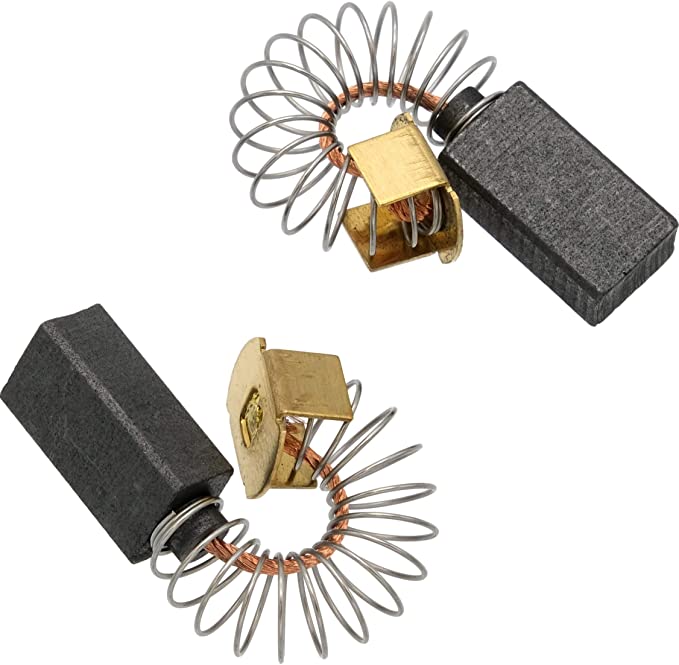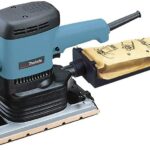

FOREDOM MP132P Motor Brush Pair (Foredom MP132P Motor Brush Pair.
It is applicable to all 1/6 Horsepower M.SR, M.SRM, M.SRB, M.SRH, M.SRMH, and M.SRBH models, as well as all other 1/6 Horsepower model.
Brushes for all 1/6 Horsepower M.SR, M.SRM, M.SRB, M.SRH, M.SRMH, and M.SRBH models, available in both 115 Volt (for domestic use) and 230 Volt (for international use) voltage configurations. MP2019P is the part number for earlier models of Series SR motors (built prior to November 2005) that are 1/8 horsepower and use a different set of brushes. Brushes should be inspected for wear on a regular basis. When they are brand new, they measure approximately 5/8″ in length. When they have worn down to 1/4″, they should be replaced. Even if one of the motor brushes is less worn than the other, it is still necessary to replace both of them. Obtain Additional Information About Motor Brushes. All Foredom electric motors are of the 2-pole variety, and each motor is equipped with a single set of brushes, one on each side of the motor case, on the other side of the shaft end. Brush holders, which are copper or brass tubes encased in plastic and fitted with shallow plastic screw caps to hold and provide access to the brushes, are used to hold and access the brushes during installation. The metal brush tubes, from which current flows into the brushes, are connected to the motor power cord by the leads that come from the motor power cord. A brush is primarily composed of a length of compressed graphite with characteristics that have been carefully controlled to provide the least amount of resistance, the least amount of friction, and the longest possible life. A flexible copper pigtail is imbedded in the brush and terminates in a U or disc terminal, depending on the configuration. A coil spring surrounds the pigtail on both sides. The brush’s free end is curved in order to match the curvature of the commutator’s free end. In addition, when the brush is properly inserted in the brush holder and the screw cap is securely fastened, the spring ensures that the proper brush pressure is maintained on the commutator as the brush wears, and the pigtail terminal contacts the inner metal tube to provide a current path to the brush.


